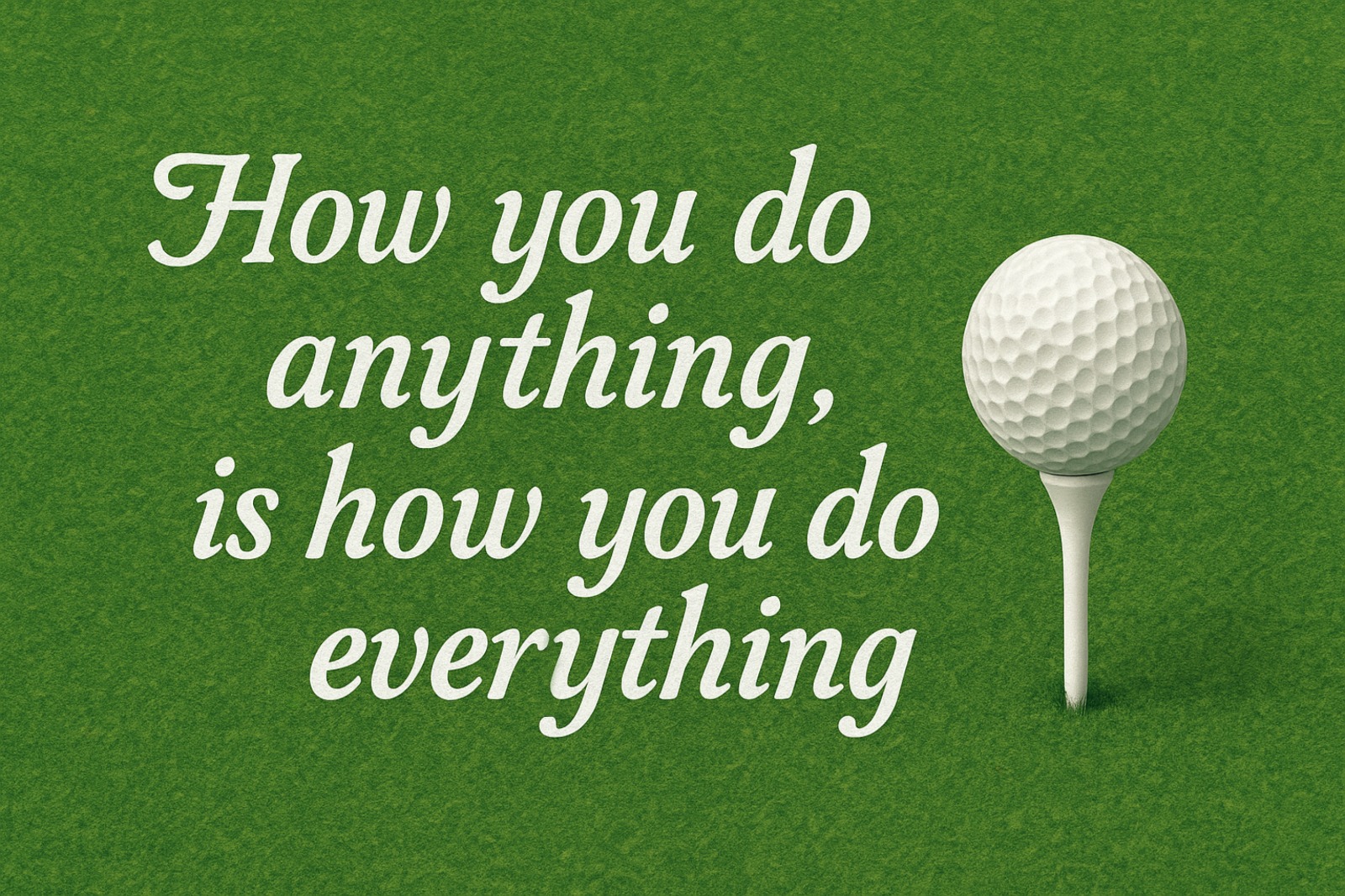A few months ago, I decided I couldn’t be the only person on the planet who is mystified by these two terms: “Bitcoin” and “Blockchain.” So I started doing some research by asking some of the geeks and nerds I meet to explain them to me in layman’s terms.
I’ll start with Blockchain. I was at an AgTech (agriculture technology) conference two months ago and was chatting with a millennial attendee. Seena Amidi of Silicon Valley’s Plug and Play Tech Center, which is billed as the world’s largest startup accelerator and corporate innovation consultancy, seemed pretty savvy, yet down-to-earth. So I asked him, “Can you explain Blockchain to me—in English?”
Without skipping a beat, he explained it like this:
He said Blockchain is a 100-percent secure way to store information (kind of like encryption, but it connects all pieces of related information). Pieces of information are stored in individual blocks; once entered into the block, it cannot be altered. It is time-stamped and linked to the previous block. It’s almost impossible to hack. Multiple people can add related information in a new block.
I asked him what the applications might be.
He gave me the example of a company like mine, storing the names of vendors and the food safety information associated with each individual vendor. As part of a Blockchain, we can share select parts of the information with customers when needed. For example, we can let them access the food safety information on our suppliers, but they can’t access other, proprietary information that is stored in the Blockchain.
Well, that totally makes sense in the business world. All businesses have many types of information to store. Depending on who they need to share the information with (vendors, customers, the government), using Blockchain could save time and prevent redundancies (having to enter information in multiple places).
For non-business users, a perfect application is a person’s medical records. Multiple doctors can enter information into the Blockchain; it is time-stamped and cannot be altered. The patient can access the information, but it is completely secure. An article in Forbes Magazine earlier this year has an excellent explanation of Blockchain.

Bitcoin is actually a digital currency. I know it’s hard to imagine a currency that does not have paper bills or coins, and exists only on the Internet. But that is the essence of Bitcoin. And a lot of people think it is worth something and could be a big part of the future. I found some pretty interesting articles about it. Here is one of my favorite articles. The value of Bitcoin is determined by how much people are willing to exchange it for. There are already many businesses around the world that accept Bitcoin, including a Subway restaurant in Pennsylvania!
So, how do you buy, track, store, and spend Bitcoin? Blockchain. When Bitcoin was conceived, a secure way to record the transactions on a “ledger” was needed to eliminate the chance of redundancies or double entries. Thus, Blockchain came into being.
So, now you probably know just about enough about Blockchain and Bitcoin to carry on a conversation at a cocktail party. And just in case you are wondering, the way the Bitcoin system was set up, there can never be more than 21 million bitcoins and the current value of one bitcoin is $4,493.99.
There you go!
Karen





